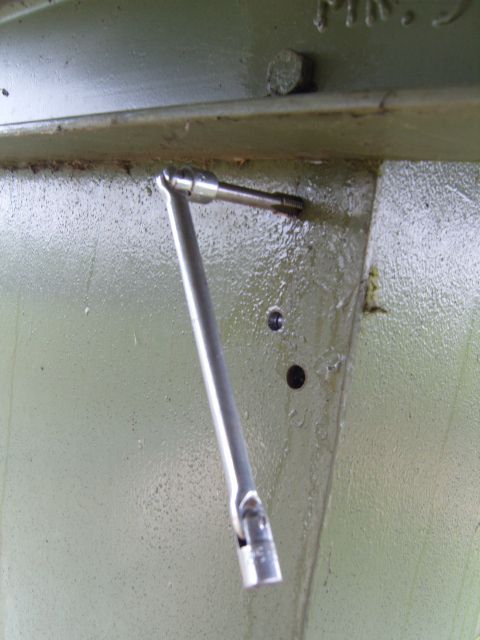metric taps
metric taps
- This topic has 67 replies, 27 voices, and was last updated 5 April 2012 at 21:58 by
Sub Mandrel.
- Please log in to reply to this topic. Registering is free and easy using the links on the menu at the top of this page.
Latest Replies
Viewing 25 topics - 1 through 25 (of 25 total)
-
- Topic
- Voices
- Last Post
Viewing 25 topics - 1 through 25 (of 25 total)
Latest Issue
Newsletter Sign-up
Latest Replies
- Drunk driver broke my workshop!
- Stuart Twin Victoria (Princess Royal) Mill Engine
- 2inch Fowler plans
- Amadeal VM25L Uneven Motor Brush Wear
- Which to buy; Warco GH Universal vs Weiss VM32H Mill
- Hints and tips
- What Did You Do Today 2025
- Not unexpected, but is it predictable ?
- Kennet Tool and Cutter Grinder
- Pinnacle milling machine


 and how many angels can sit on the head of a pin?
and how many angels can sit on the head of a pin?



